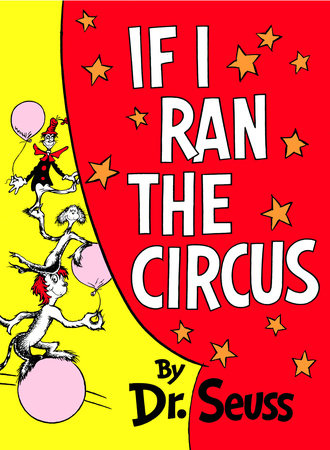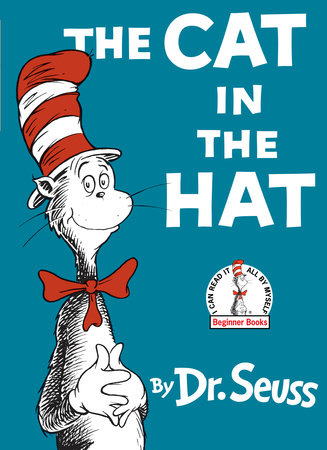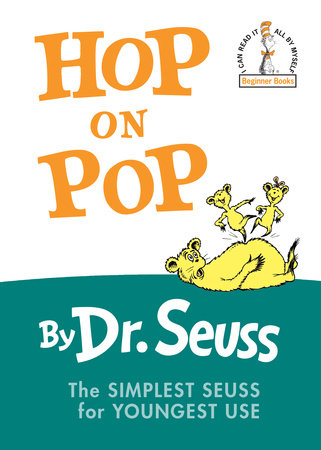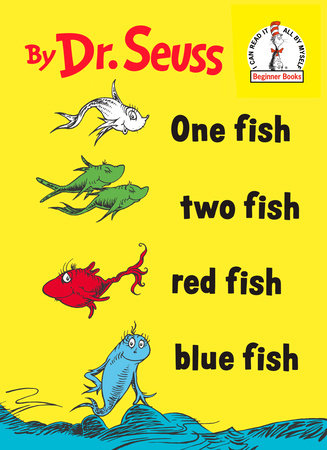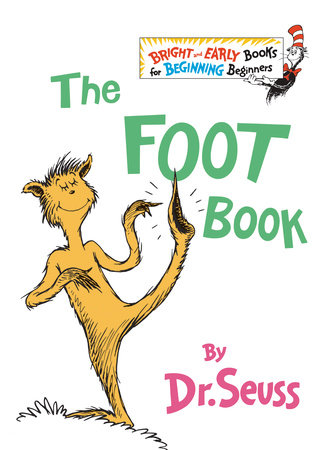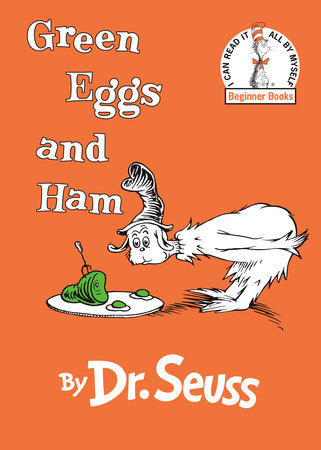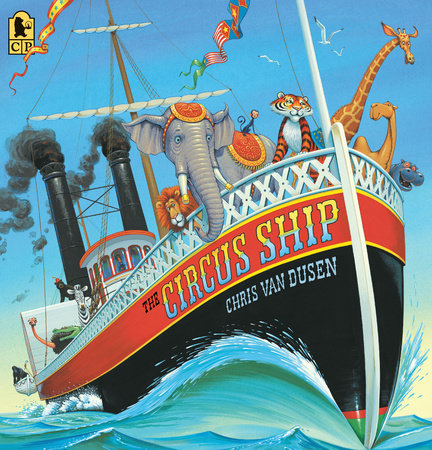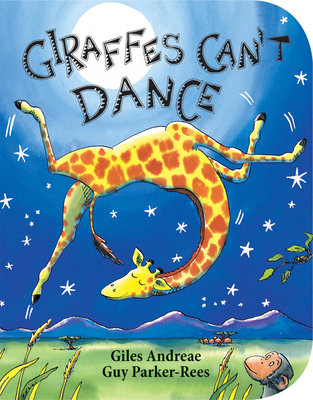If You Haven’t Read These Dr. Seuss Books to Your Kids, You’re Missing Out
by Patrick Wensink
In 1957, a trouble-making cat turned the world upside down.
Thanks to its quick bites of bouncy, off-the-wall rhymes, The Cat in the Hat practically wiped other early readers off the map. Suddenly, our kids were treated to a flurry of furry creatures fighting over green eggs and jumping on pop’s stomach, instead of reading about Dick and Jane minding their manners.
In the history of literature, grown-up or children’s, there has probably never been a more universally loved line of books than those by Dr. Seuss. The Cat in the Hat, Hop on Pop, One Fish Two Fish Red Fish Blue Fish, The Foot Book, and many others are now a staple of childhood. They are among the first books parents read to their kids.
That’s great — these books are stone-cold classics— but by only reading these particular Seuss titles, parents miss out on the good doctor’s most joyful read-aloud books: His overlooked early efforts.
Prior to The Cat in the Hat Seuss had a completely different writing style. For his first 13 books, Seuss employed a longer-winded, whimsical tone that was actually more absurd — but these longer sentences and more complex rhymes weren’t as accessible to new readers. While this style might be tough for kids just learning to read, I’d argue that it makes for a much more fun read-aloud experience for grown-ups.
This isn’t to say Seuss’s classic Beginner Books aren’t wonderful. I’m just saying that if you haven’t done so already, it’s time to dig up those older works. Like most people, I didn’t even know they existed until my library was out of the usual suspects. With a grumble, I picked up Horton Hears a Who! and And to Think That I Saw It on Mulberry Street for my son. The difference was noticeable from page one. My son and I were rewarded with Seuss books that simply felt better to read out loud.
Hard to believe? Take a look at Green Eggs and Ham’s famous short sentences and simple rhymes. Seuss’s plan with these books was to make it easy to hook youngsters on reading skills (which works like magic!), but they lose some oomph when read aloud.
“I would not like them here or there.
I would not like them anywhere.
I do not like green eggs and ham.
I do not like them Sam-I-Am.”
Now, compare that with one of my personal favorites, 1956’s If I Ran the Circus:
“The show of all shows! There’s no other showman
Who shows you a show with a Blindfolded Bowman!
The Blindfolded Bowman from Briger-ba-Root,
The world’s sharpest sharpshooter. Look at him shoot!”
Huge difference, right?
Before simplifying his language with Cat in the Hat, Seuss stretched his sentences like a sugary strand of taffy. They are bouncy, brightly colored, and complex. By having a couple extra syllables per line Seuss’s amazing creativity is given more room to breathe. Even better, these rich, winding lines are an absolute blast to read to children.
There’s more where that came from. Take McElligot’s Pool from 1947. Here, a young boy named Marco imagines the amazing fish he might catch, despite being warned that the pond is polluted half to death:
“You might catch a boot or you might catch a can.
You might catch a bottle, but listen young man…
If you sat fifty years with your worms and your wishes,
You’d grow a long beard long before you’d catch fishes!”
While I suspect those longer lines are the secret to why books like If I Ran the Circus and McElligot’s Pool are so fun to read aloud, their time period also has a lot to do with this unique feel. These early Seuss books were written between 1937 and 1957 — a heyday for Tin Pan Alley songwriters like Cole Porter and Irving Berlin. It’s easy to feel a touch of the Great American Songbook in Seuss’s words. They read less like books and more like a joyful pop tune.
I am not the only one to hit upon this fact. You can hear their influence in modern rhyming book favorites, like Chris Van Dusen’s The Circus Ship and Giles Andreae’s Giraffes Can’t Dance. They certainly had a huge impact on me while I was writing my first children’s book, Go Go Gorillas. I kept a big stack of older Seuss stories nearby while dreaming up this wacky, rhyming sendup about why gorillas are always asleep during the day. (Hint: It’s because they stay up all night partying.)
So, does this mean we are reading the wrong Seuss to our kids? Of course not! All Seuss is good Seuss. But those post-Cat in the Hat books are custom made to be read by youngsters. For my money, maximum Seuss fun is actually found in his older list.
Give it a try!
-
Books Mentioned in This Article
-
Horton Hears a Who!
Also available from:If I Ran the Circus
Also available from:The Cat in the Hat
Also available from: -
Hop on Pop
Also available from:One Fish Two Fish Red Fish Blue Fish
Also available from:The Foot Book
Also available from:Green Eggs and Ham
Also available from: -
The Circus Ship
Also available from:



